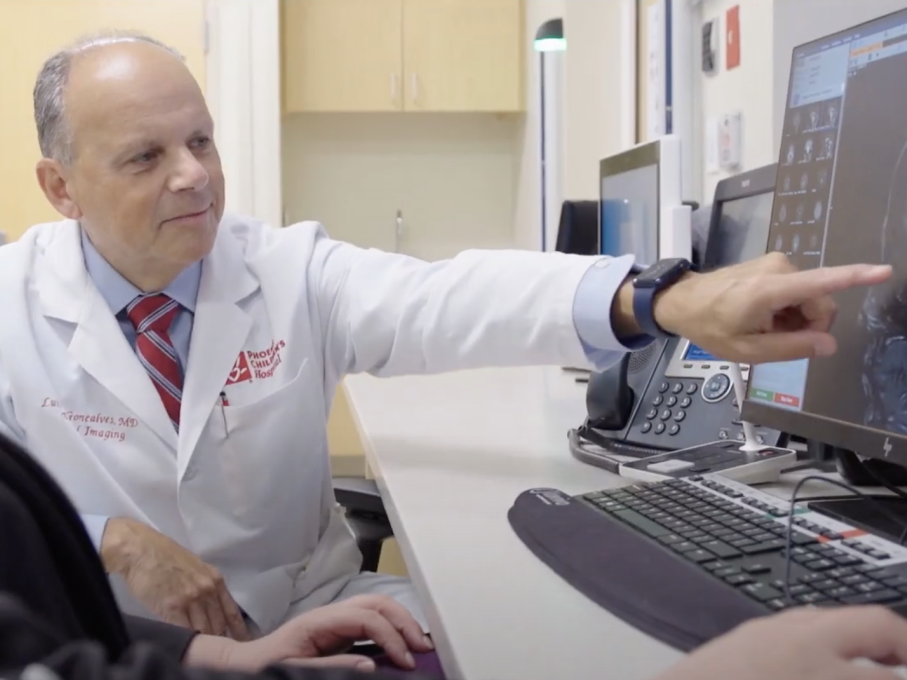The Fetal Imaging Center at Phoenix Children’s uses state-of-the-art technologies for an accurate diagnosis and a personalized care plan. Advanced medical imaging can help your team of obstetric, maternal fetal medicine and pediatric specialists determine your baby’s condition. Your dedicated care coordinator will work with you to schedule any necessary imaging appointments at our main hospital, which features the latest in state-of-the-art imaging technology.
The caring and highly trained pediatric radiologists at Phoenix Children’s Fetal Imaging Center specialize in diagnosing conditions in unborn babies using advanced imaging technologies and techniques. By providing accurate diagnosis and personalized care planning, our goal is to better prepare you for what to expect during pregnancy, delivery and beyond.




